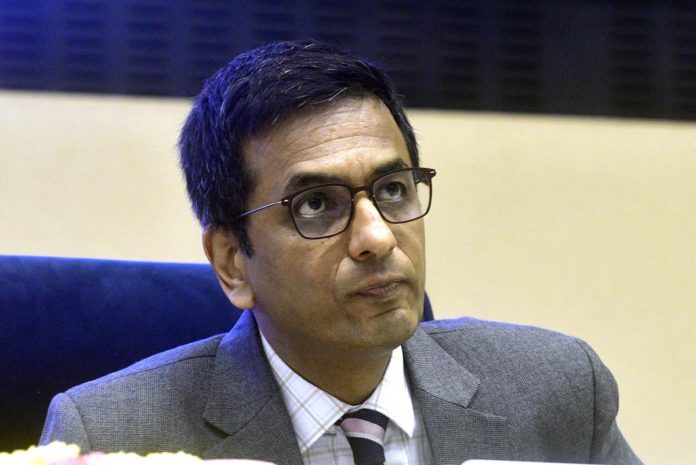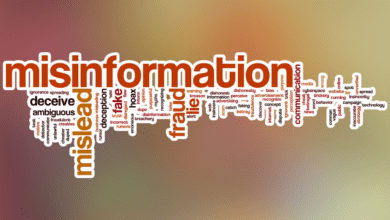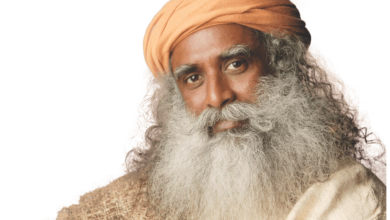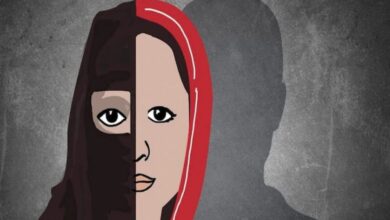
The Supreme Court of India has established guidelines to prevent the “disparaging” portrayal of persons with disabilities in films and visual media. This decision aims to address the negative societal perceptions associated with terms like “cripple” and “spastic,” which have acquired devalued meanings over time, focusing on the portrayal of disabled persons in a more respectful and dignified manner.
The ruling came in response to a petition filed by Nipun Malhotra, who argued that the Hindi film “Aankh Micholi” contained derogatory references to differently-abled individuals. A bench led by Chief Justice D Y Chandrachud emphasized the harmful impact of such language, stating, “Words cultivate institutional discrimination, and terms such as cripple and spastic have come to acquire devalued meanings in societal perceptions about persons with disabilities.”

As part of the new guidelines, the Supreme Court has mandated that the Central Board of Film Certification (CBFC) must seek the opinion of experts on disability before certifying films for screening. This measure is intended to ensure that the depiction of disabled individuals is respectful and accurate.
The court highlighted the importance of portraying the diverse realities of persons with disabilities. Visual media should showcase their challenges and highlight their successes, talents, and contributions to society. The bench stated, “Visual media should strive to depict diverse realities of persons with disabilities, showcasing their challenges and successes, talents, and contribution to society. They should neither be lampooned based on myths nor presented as super cripples.”
The guidelines aim to foster a more inclusive and respectful representation of disabled individuals in visual media, moving away from harmful stereotypes and promoting a more balanced view of their lives and abilities. By consulting experts and adopting a more thoughtful approach to portrayal, the film industry can play a crucial role in changing societal attitudes towards disability.
You might also be interested in – Pune Porsche crash heads to Supreme Court over legal battle



